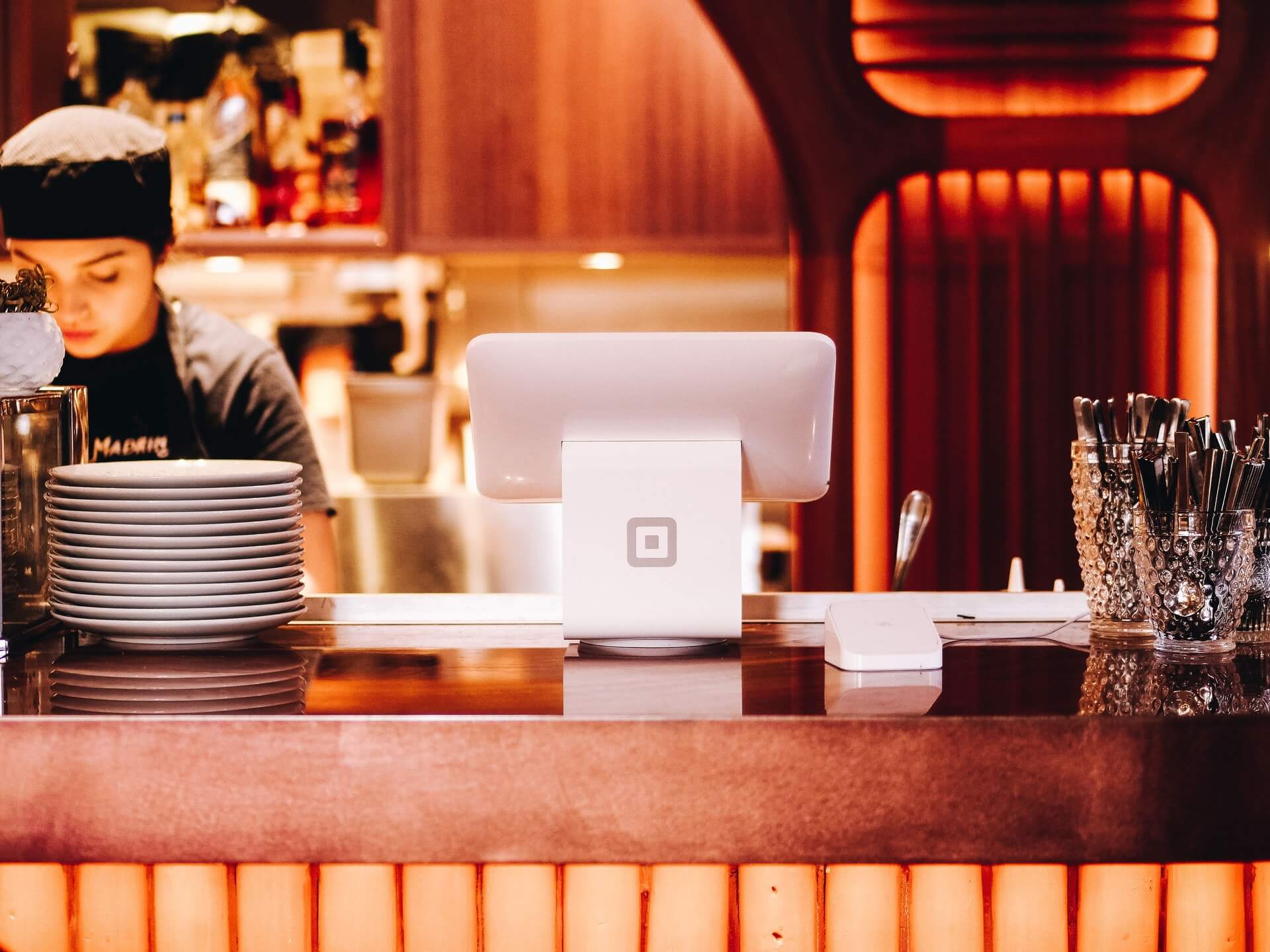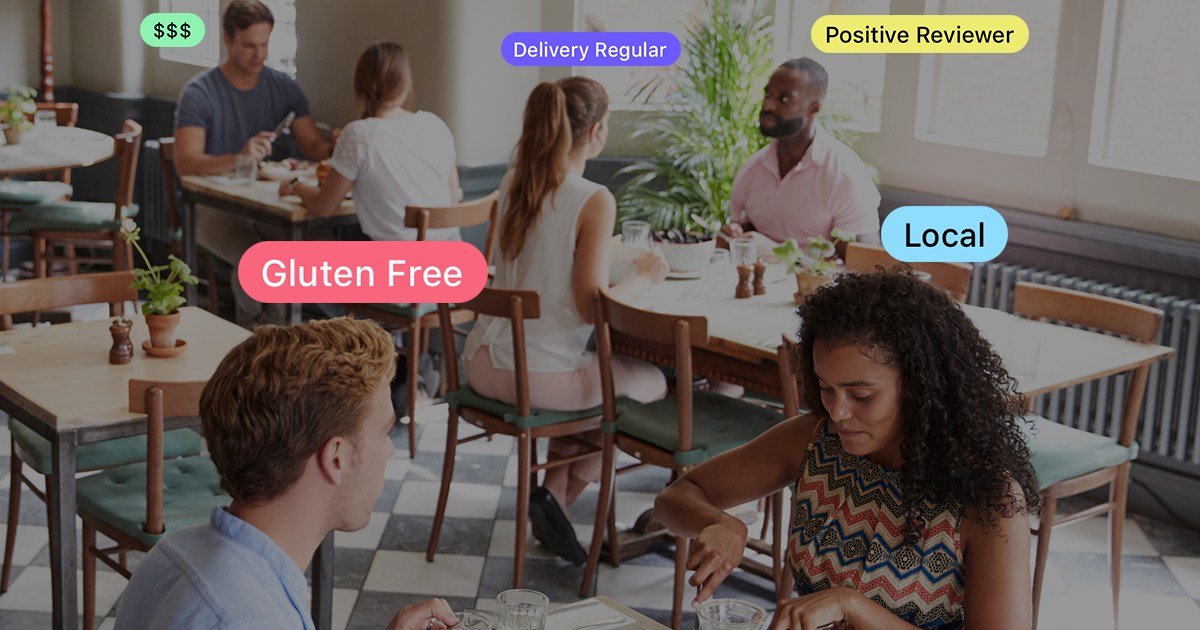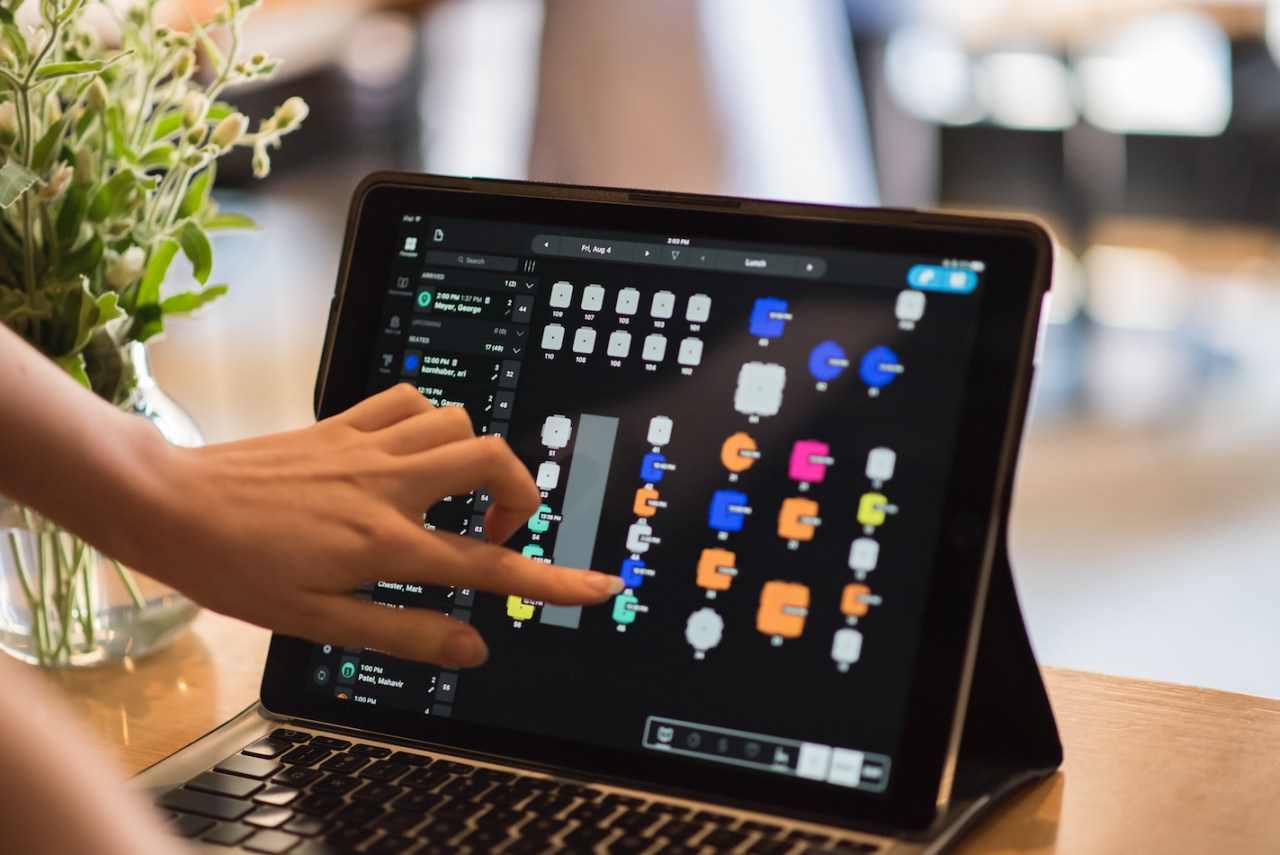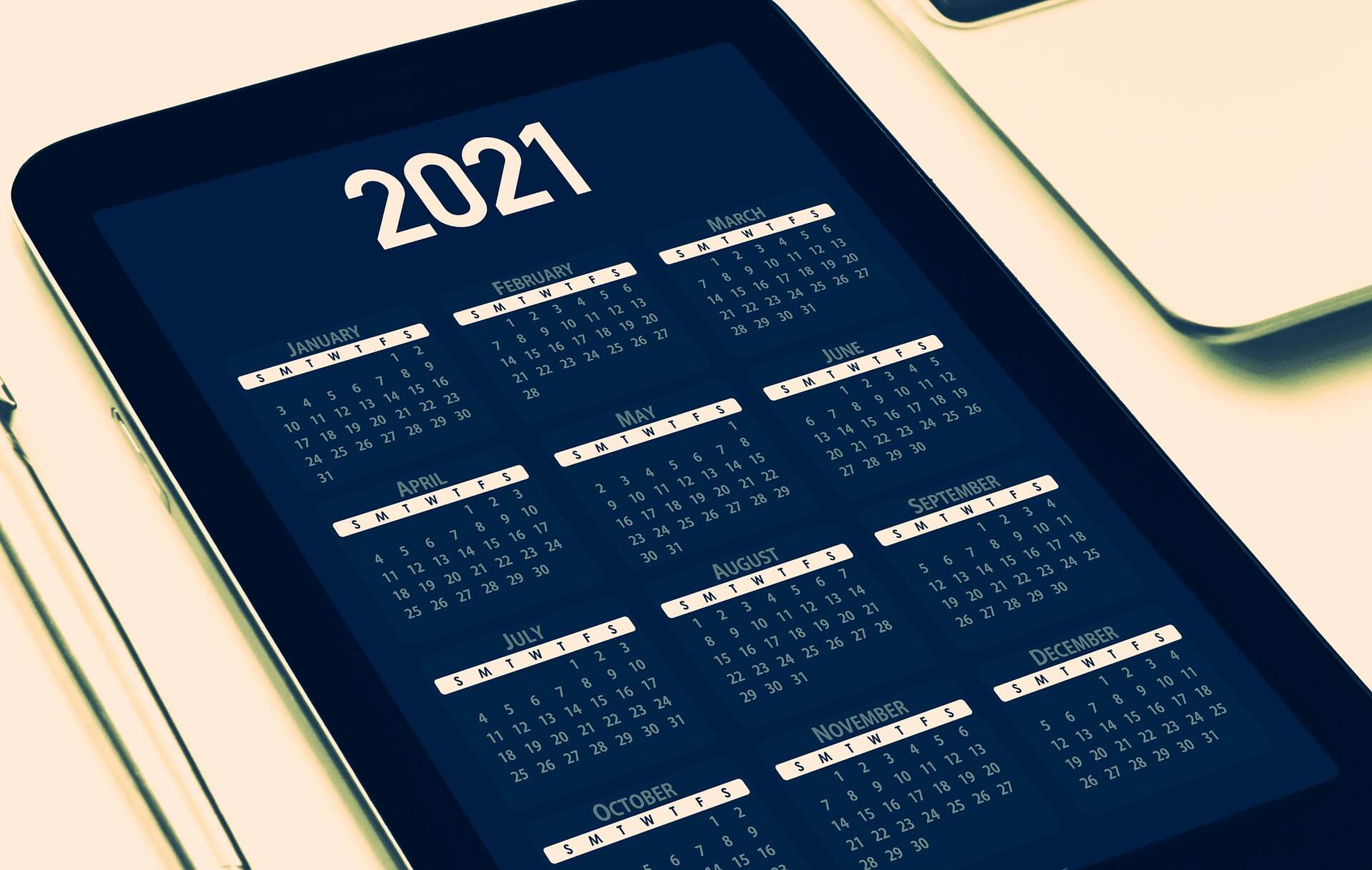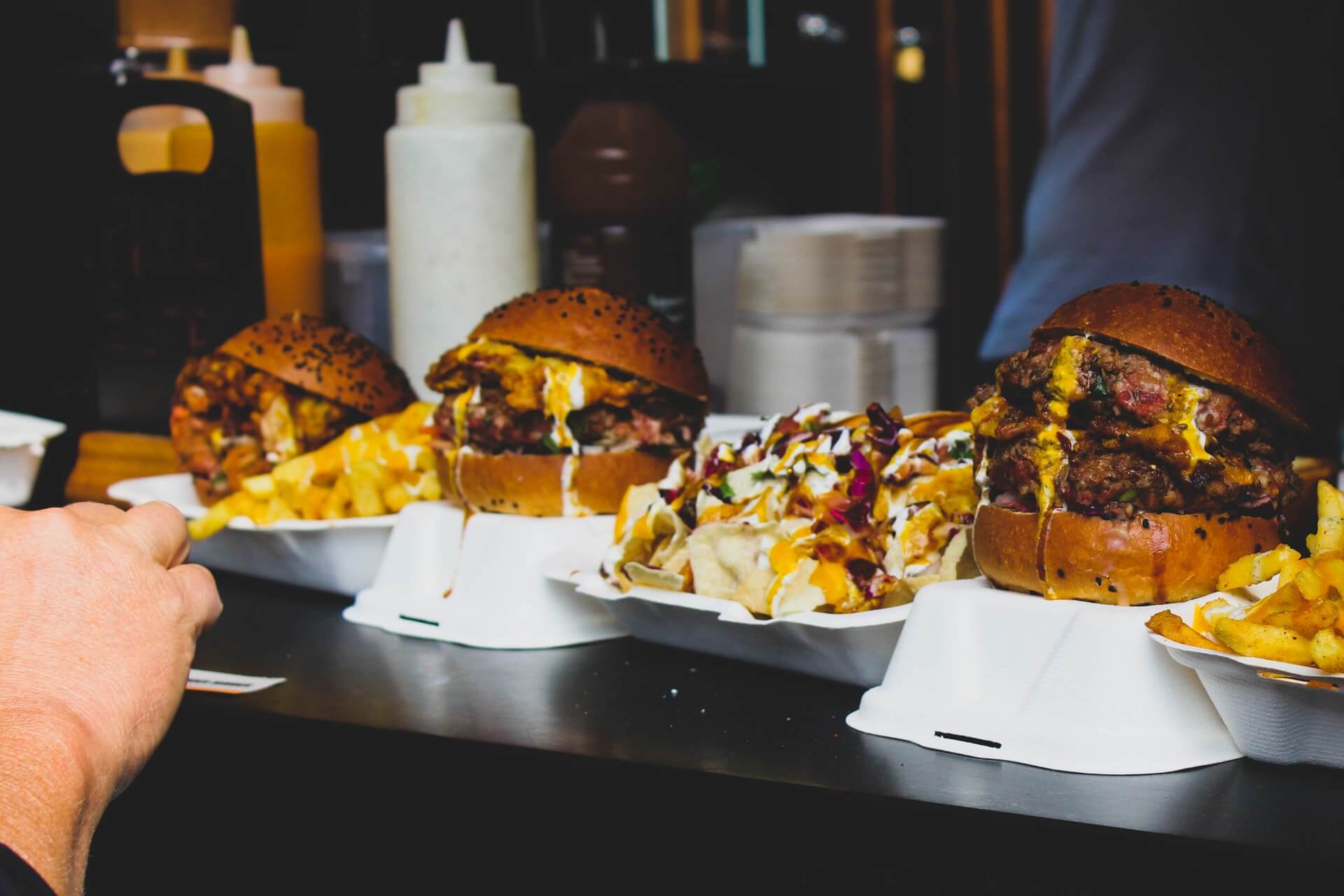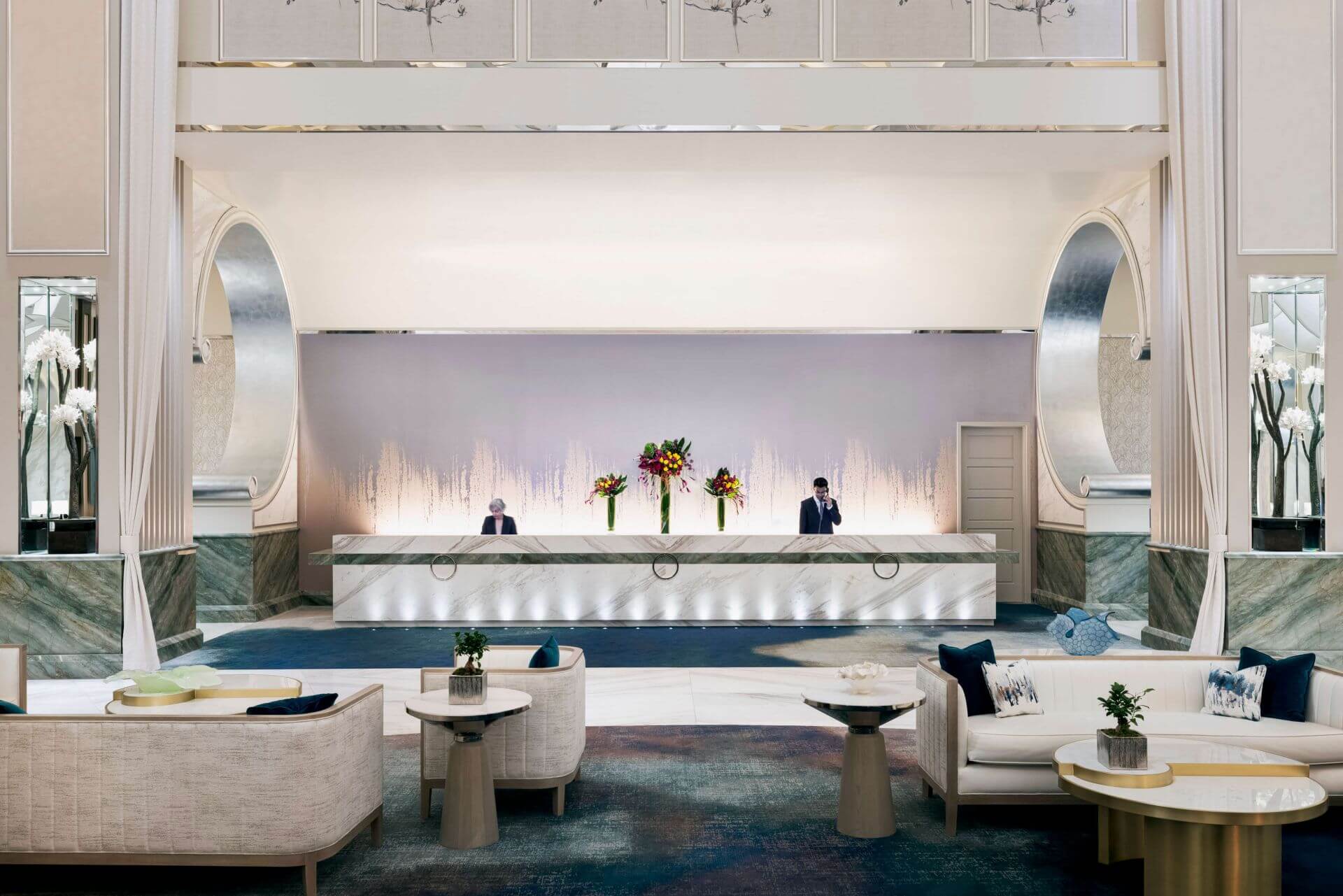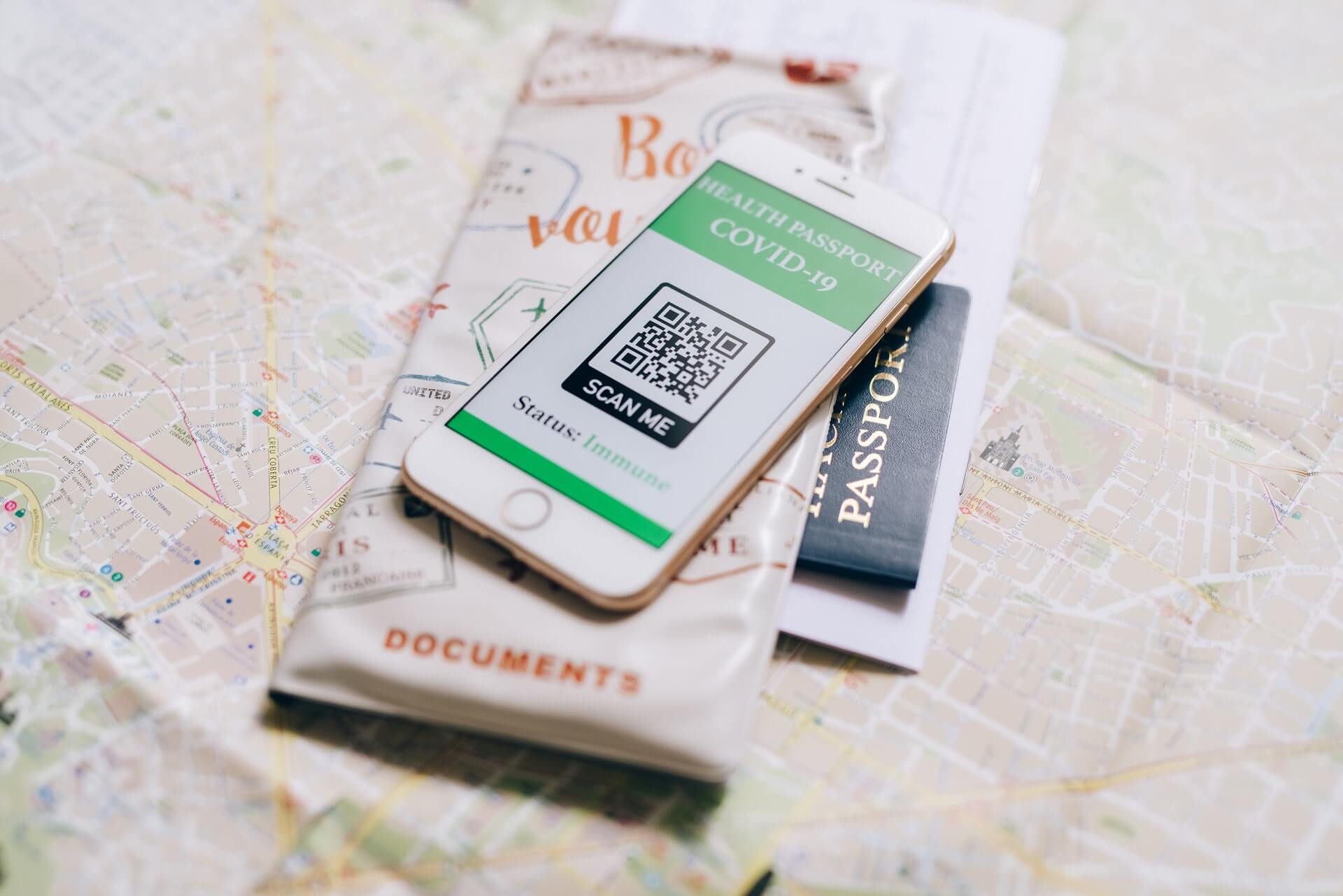Hotel Trends to Watch in 2022
by David Klemt

Partially driven by the pandemic, in part driven by the march of innovation, these are the hotel (and motel) trends to watch in 2022.
As is the case with restaurant and bar trends from the last two years, these trends are likely to quickly evolve into industry standards.
Once slower on the uptake in comparison to other industries, hospitality is now embracing tech innovations rapidly.
Of course, not every 2022 and beyond trend relies on tech. However, most of the big changes involve tech in some way.
Below are the trends (soon to be standards) to watch and adopt next year.
Digital Room Keys
We do everything on our phones. So, why shouldn’t we access hotel and motel room keys via the devices always in our hands or pockets?
Many tech-forward hotel properties have made it possible to unlock hotel rooms via phone apps. As consumers feel more comfortable that it’s safe, secure and reliable, we can expect physical room keys to become obsolete.
One can also make the argument that doing away with millions of plastic keycards is a more sustainable practice.
Your Face is Your Passport
Points* to anyone who gets the movie I just referenced. (*Points have no value and are not redeemable for anything. But we think you’re cool for racking them up regardless.)
Some properties will make it possible to access a hotel room via biometrics. CLEAR travelers will already be familiar with this tech process.
In short, a guest will be able to unlock their room with their face. In terms of personalization—a guest expectation that’s only growing—facial recognition tech can instantly deliver on a guest’s temp, lighting, and other preferences.
I can also see this technology permitting guests to access clubs; club levels; health centers; pool areas; and order and pay for everything from food and beverage to their entire visit.
Of course, this form of tech relies heavily on people’s comfort levels concerning privacy. So, operators will need to prove themselves responsible with guest data.
Touchless Everything
Convenience works both ways. Guests want frustration-free visits. Operators and managers want to eliminate pain points wherever possible.
Guests are becoming familiar and comfortable with checking in via their phones or kiosks. In some hotels, guests navigate the lobby without ever engaging with an employee.
With the proliferation of digital assistants in homes, guests are already comfortable with voice-based functionality. Ordering room service, turning on the TV and streaming, playing music, drawing automated shades, adjust room temperatures and lights… Digital assistants eliminate several more touchpoints.
AI tech also means hotels can operate with smaller teams effectively. So, hotel design is likely to keep evolving: lobbies will look different, as will rooms, restaurants, bars, and other amenities.
Virtual Room Selection
Speaking of AI, what about VR?
Tech-savvy guests will appreciate being able to “tour” different room options in the virtual space. Such a feature can start a guest’s visit off on the right foot before they ever step onto property.
They’ll know they’re getting the features and views they want, setting up a positive experience. It’s likely VR room tours and selection will also help hotels upsell guests on rooms and features.
Cryptocurrency
There are already hotels and resorts out there accepting crypto. There’s no reason to believe this will fall out of favor any time soon.
In fact, it’s likely guests who prefer to pay via digital currency will be able to pay for every element of their visit with crypto. For these guests, a tech-heavy experience will be appealing:
- Check out room options via virtual reality before booking;
- Book their room in the VR space.
- Utilize digital check-in, then unlocking their room via phone or facial scan.
- Paying for premium amenities and F&B via crypto ties to biometrics.
- Contactless check-out.
Guest Who
Unsurprisingly, business travelers were the first to return to hotels during the pandemic. A percentage of these guests sought out hotels that could offer them a work-from-anywhere option.
For the most part, these guests simply needed a fast, reliable WiFI connection. Of course, many of them chose properties for more leisure-focused amenities. This led to the coining of a new industry term: bleisure, a portmanteau of “business” and “leisure” travelers.
It’s likely hotels, motels and resorts will see more traffic from bleisure, solo, and staycation guests in 2022 and beyond.
Many guests will also make property selections based on a brand or group’s sustainability efforts. So, operators will need to ensure they’re being provably sustainable and not just green-washing to attract these guests.
As we can see, technology will feature heavily in the changing hospitality landscape. Initial outlay may be pricy, but as innovations become more commonplace, costs will be driven down. But offering the features that will increase traffic and guest spend? A healthy bottom line is worth it.

